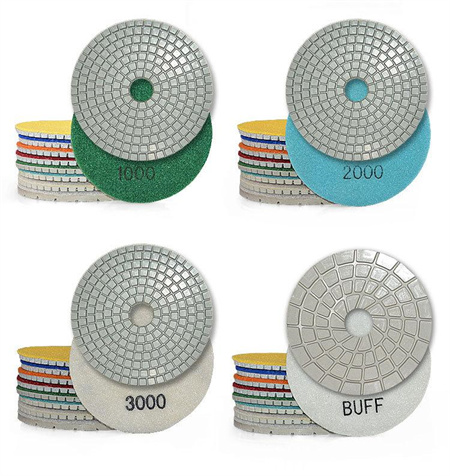How to Train Employees on Proper Use of Diamond Tools
Diamond tools are indispensable in many industries, from construction and mining to precision cutting and machining. Their superior durability and cutting power make them ideal for demanding tasks, but their effectiveness largely depends on how they are used. Improper handling or lack of training can result in inefficient performance, premature wear, and even safety hazards. For businesses that rely on diamond tools, proper employee training is not just a nice-to-have; it’s essential. So, how can you ensure that your employees are trained to use diamond tools effectively and safely?
The first step is to understand that training on diamond tools isn’t a one-time thing. It’s an ongoing process. Employees need to grasp both the technical aspects of how the tools work and the practical skills to use them correctly in their specific tasks. This means focusing on the essentials from the start: understanding tool construction, appropriate usage, and maintenance.
Start by familiarizing your team with the different types of diamond tools they’ll be working with. Whether it’s diamond saw blades, grinding wheels, or core drills, each tool serves a different purpose and is built for a specific type of material or task. A diamond blade designed for cutting concrete isn’t going to work as efficiently on metal, for example. Teaching employees about these distinctions ensures they select the right tool for the job, preventing damage and improving performance.
Once employees are clear on the tools themselves, the next focus should be on safety. Diamond tools are extremely powerful, but with that power comes responsibility. Proper training should emphasize the importance of wearing protective equipment, including safety goggles, gloves, and hearing protection. Employees should also be taught to inspect tools before each use. Checking for cracks, missing segments, or other signs of wear can prevent dangerous malfunctions during operation. Alongside this, workers need to be trained on how to handle tools correctly, ensuring they know how to set them up, use them, and store them safely.
The operational aspects of using diamond tools require specific skill development. Training employees on the correct cutting techniques is essential. For instance, when using a diamond blade, applying too much pressure can result in tool damage or overheating, which can reduce the blade’s lifespan. Conversely, not applying enough pressure may lead to inefficient cuts or unnecessary wear. It’s about finding the right balance. Employees should be taught the importance of steady, controlled movements and how to allow the tool to do the work rather than forcing it.
Equally important is training employees on the maintenance of diamond tools. A well-maintained tool lasts longer and performs better, so it’s crucial to teach workers how to clean, sharpen, and store tools properly. Regular maintenance schedules should be established, and employees should be made aware of the signs that indicate when a tool is due for maintenance or replacement. This not only extends the life of the tools but also helps keep the workplace running smoothly and safely.
Beyond these core elements, training programs should include hands-on practice. Theory and observation are important, but experience is irreplaceable. Allowing employees to get practical experience with the tools under the supervision of an expert ensures they can apply their knowledge in real-world scenarios. Supervisors should provide feedback during these sessions, correcting mistakes and reinforcing good practices.
Another critical component of employee training is fostering a culture of continuous learning. Diamond tools, like any other technology, evolve over time. New tools, techniques, and materials are constantly being developed. Encouraging employees to stay up-to-date with the latest advancements in tool technology will keep them efficient and safe. Offering refresher courses, workshops, or access to industry seminars ensures your team’s skills remain sharp.
One of the best ways to improve training effectiveness is by creating a supportive learning environment. Encouraging open communication and feedback allows employees to express concerns and share tips with each other. Peer-to-peer learning can be incredibly valuable, as more experienced workers can often offer insights that go beyond the manual or guidelines.

In conclusion, training employees on the proper use of diamond tools is an investment that pays off in improved performance, safety, and longevity of the tools. Through comprehensive, ongoing training programs that cover safety, tool selection, operational techniques, and maintenance, businesses can ensure their workers are equipped with the knowledge and skills needed to get the best results from their diamond tools. By fostering a culture of continuous learning and hands-on practice, companies can keep their workforce sharp and ready for the challenges ahead.


